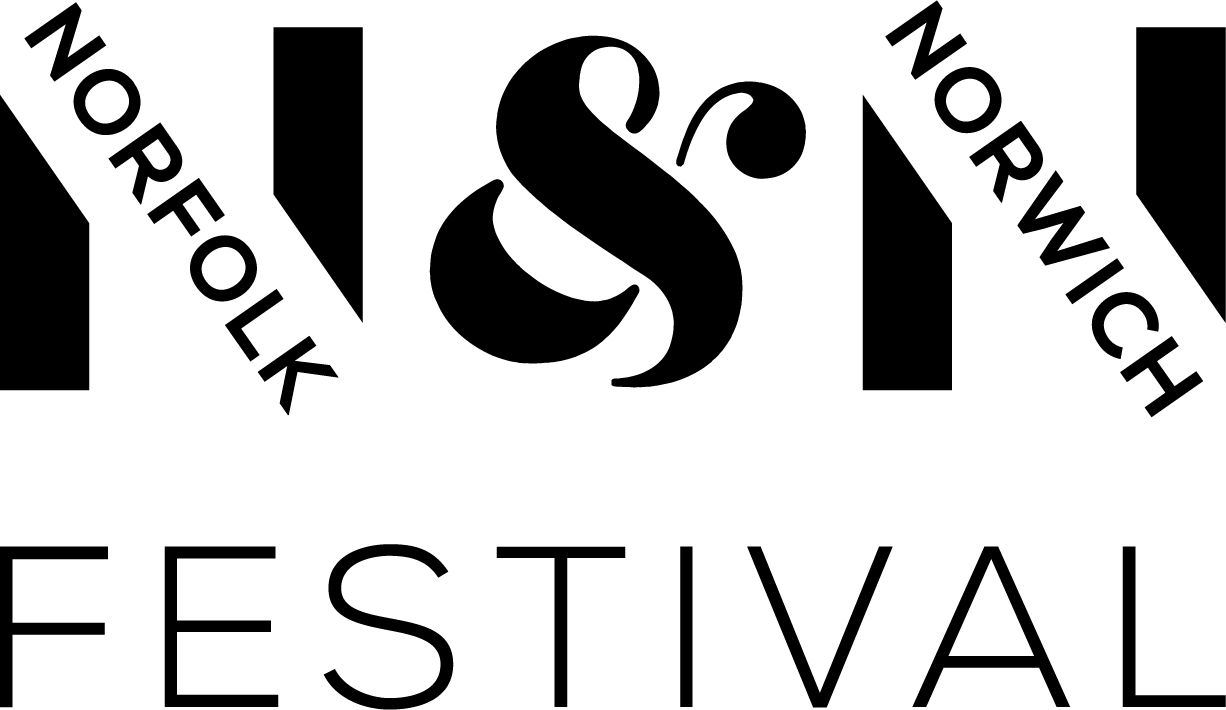Our top 5 recommends: Heritage resources
When you think of heritage you might think of old things like museums, archives or historical buildings, gardens and sites, but our heritage is not just about things in the past it includes periods of time right up to the present day and can include natural heritage too. My top five recommends include a mixture of built and natural heritage: some resources linked directly to the curriculum and others aimed at families. It also includes tours of historic and natural sites which you can see from the comfort of your own home.
1. Wildlife Watch
Wildlife Watch is the junior branch of The Wildlife Trusts and the UK’s leading environmental action club for kids. Under the resources tab you can find a mixture of games, activities, nature facts and films suitable for primary aged children.
There is so much content on the website that this may be one best browsed by educators and parents first rather than as a self-guided activity. There are links to live webcams where you can watch nature from across the British Isles, an infographic telling you about the snoozing habits of different animals and you can explore interesting facts and images of different habitats, seasons and creatures.
For more informal learning activities why not take part in a family challenge? Using resources from the resources downloads page you can take part in Birdsong or Wildlife Bingo, play i-spy or make your own set of wildcards (this is similar to the format of Top Trumps and I do love the addition of the ‘cute factor’ as one of the categories!). Younger children are also catered for with some simple crafts and colouring pages.
2. English Heritage
An easy to navigate set of downloadable self-led resources linked directly to the KS1-KS3 history curriculum. These are conveniently divided into themes for parents and educators including Pre-history, Romans, Anglo-Saxons and Normans, Tudors and Stuarts and the World Wars. Activities include YouTube videos and tours of a number of English Heritage sites on Google Arts and Culture as well as arts activities such as how to build a prehistoric roundhouse from cardboard and straws.
3. Imperial War Museum
Tune in to the Imperial War Museum’s Adventures in History channel every Wednesday at 2pm to hear engaging stories about real people’s lives in the Second World War that you won’t have heard in the classroom. Delivered by experts from the Imperial War Museum, each film is around 15 minutes long and made fully accessible with transcripts, archive film and images from the collection superimposed over the narration. Learn how cakes were made from carrots and about George Grumpy, one of the first spitfire pilots at Duxford. Grown-ups can become involved in a family mission too by joining in one of the challenges set on the Imperial War Museum’s Facebook and Twitter pages.
If you enjoy watching these films, you can explore more learning resources from the Imperial War Museum here.
4. Norwich 360
Take a virtual tour of historic places of interest, in and around the city of Norwich, presented as a series of interactive 360-degree panoramas. Historic sites featured in Norwich include Norwich Cathedral, Dragon Hall and the Museum of Norwich at the Bridewell while sites further afield include the RAF Radar Museum and The National Trust’s Blickling Hall Estate. Some background information on each site is included.
5. The Wildlife Trust family resources
If you are wondering how to engage children with nature from home, especially if you don’t have access to a garden, take a look at The Wildlife Trusts’ resources for kids and families. These pages include different resources to Wildlife Watch. Learn about the wildlife we share our gardens and environments with including brilliant butterflies and freaky fungi, take a quiz, watch a film or explore your creative side using one of the activity sheets of things to make and do such as creating a butterfly feeder or rain stick. Of all of the resources available one of my favourites has to be the Poodunnit quiz, surely a guaranteed way to get curious children (and adults!) smiling and engaged with nature?
By Lizzie Figura-Drane
